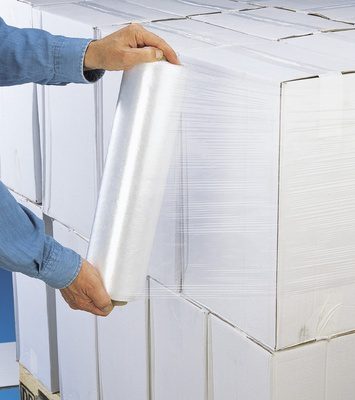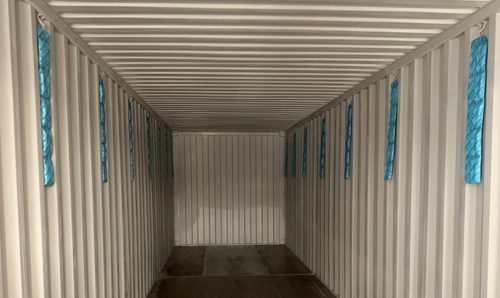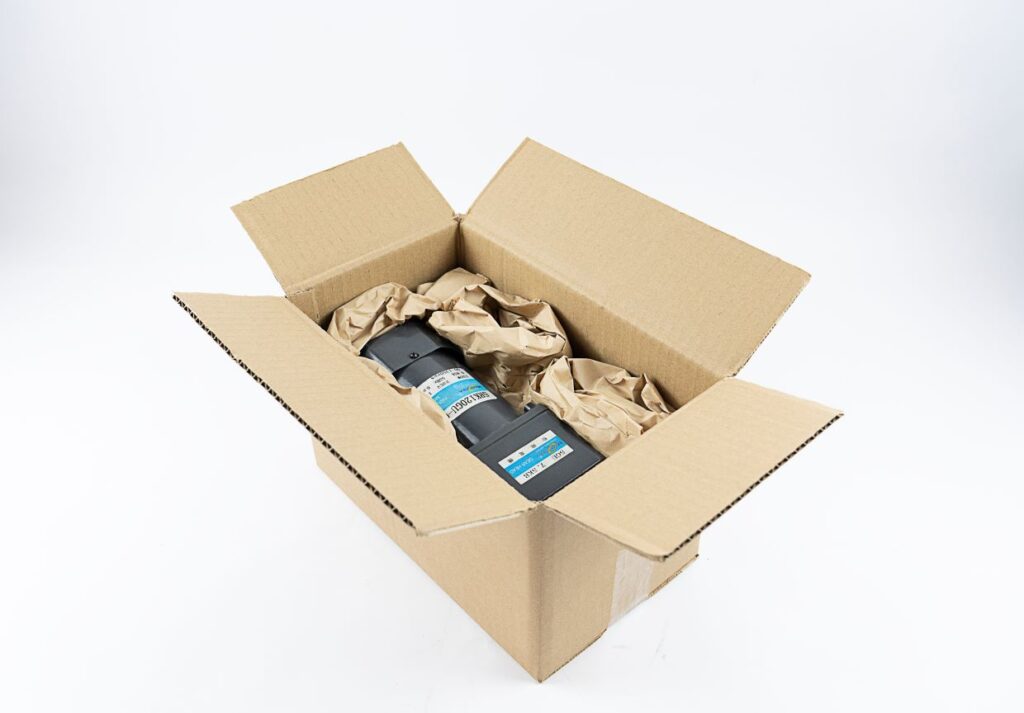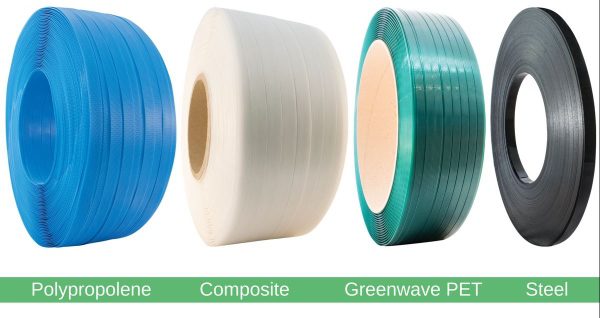Insight
Understanding fumigation in export, import cargo
FUMIGATION
A fumigant is a chemical vapor or gas that, when released, penetrates objects or enclosed areas in concentrations that are lethal to pest organism. This definition excludes aerosols, which are particles suspended in the air, often referred to as smokes, fogs or mists.
Fumigation techniques have great adaptability in pest control. They can be used to control wood-destroying insect in structures and furniture where liquid or dust formulations are ineffective or where these materials may cause damage.
Most fumigants are highly toxic to all forms of life. Fumigation is a highly specialized operation that requires equipment, techniques, and skills not generally used for applying other types of pesticides. Applying a fumigant may be time consuming and expensive, usually requiring more labor than other pest-control methods.
Structural fumigation is disruptive, since it requires that tenant and other occupants leave the building. Because of the special hazards and conditions of fumigation, strict legal restrictions exist concerning its use.
- Fumigants are usually quick acting and can result in total eradication of the pest.
- Because fumigants are gases, they diffuse through all parts of the structure or commodity being treated and can reach pests control materials or techniques.
- For certain commodities, fumigation is the only practical way to control pests.
- The control achieved through fumigation is temporary – there’s no residual action from fumigants. Where untreated populations of the pests remain, re-infestation of the treated site can take place quickly.
- Fumigants are toxic and often highly hazardous to the applicator, requiring special precautions during application.
- Fumigants must be retained in the gas form for a period of time to be effective, often calling for extra supervision.
- Fumigation must never be done by just one person, which requires added labor.
- Some commodities or pieces of equipment may be damaged by certain fumigants and must be removed or otherwise protected.
- Fumigant activity may be greatly affected by temperature and humidity.
Source: https://hlcvn.com/en/news







